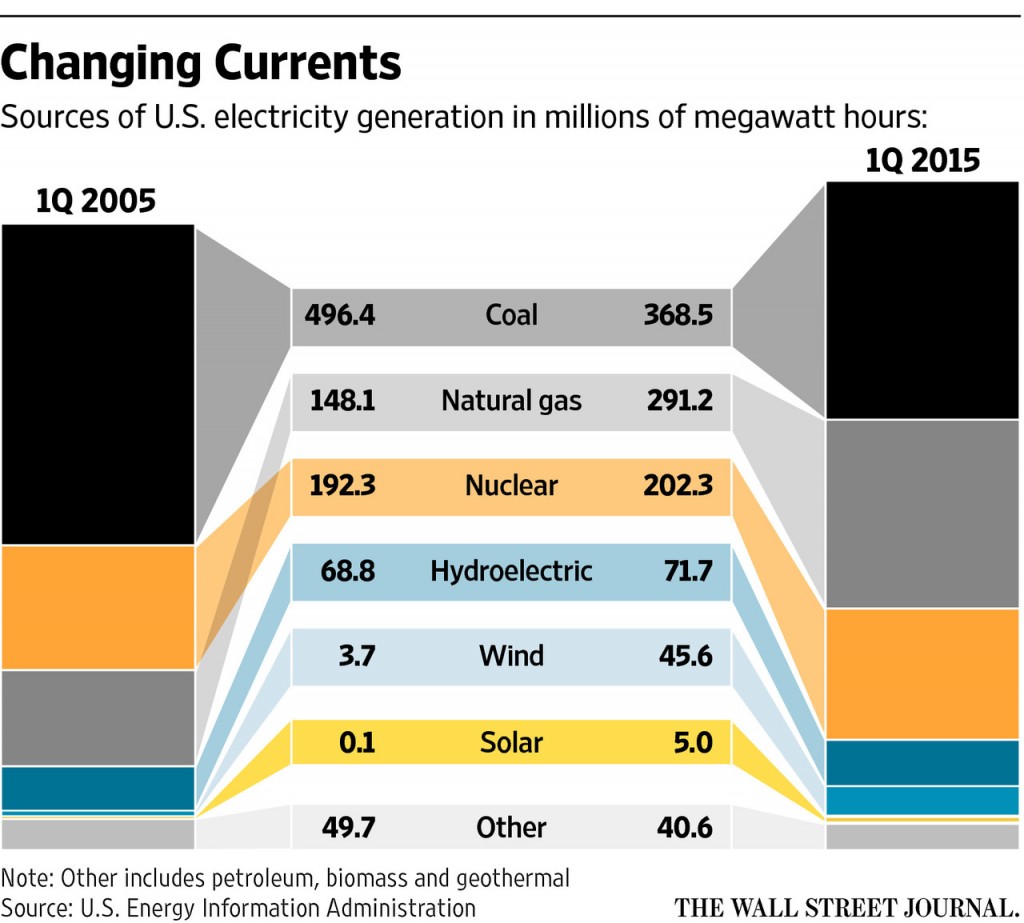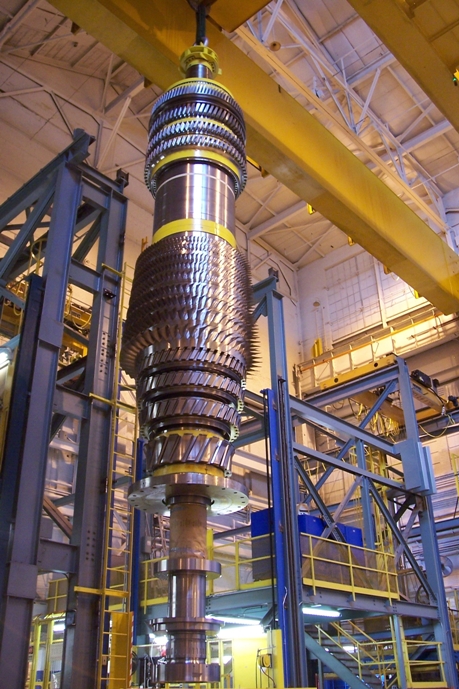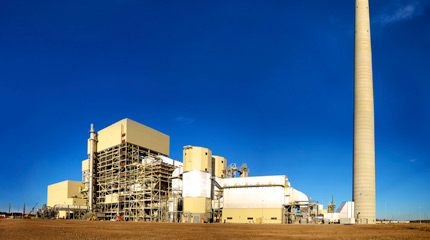Latest version of the bill offers greater flexibility with higher standards
The Environmental Protection Agency (EPA) released its final version of the Clean Power Plan (CPP) today, with several changes made from the last version. The final version of the CPP targets carbon emission levels 32% below those in 2005, 2% lower than the last version of the bill, according to the White House fact sheet. In addition to the higher reduction target, the EPA pushed back the initial implementation deadline two years to 2022, and will allow states to select one of three measures on emissions in a move it says will give states flexibility in designing their emission reduction plans.
The goal of the CPP is to reduce U.S. greenhouse gas emissions, nearly three-quarters of which come from CO2 emissions. The EPA notes, that while “fossil fuels will continue to be a critical component of America’s energy future,” they are also the largest source of CO2 emissions, making them the primary target of the new regulations.
States will be able to measure the implementation of their plans in three ways:
- A rate-based state goal measure in pounds per megawatt hour (lb/MWh);
- A mass-based goal measured in total short tons of CO2;
- And a mass-based goal with a new source complement measured in total short tons of CO2
According to the EPA, once the CPP is fully implemented in 2030, emissions of sulfur dioxide from power plants will be 90% lower compared to 2005 levels, and emissions of nitrogen oxides will be will be 72% lower. The EPA estimates that this will translate into net benefits of $26-$45 billion from improved climate and health nationwide.
Implementation
The final version of the CPP says that states will be required to submit a final plan, or an initial state plan with an extension request, 13 months after the final rule, or September 6, 2018. States that are granted an extension will have up to an additional two years to submit their final plan.
The plans must ensure that the states – individually, together, or in combination with other measures – achieve the equivalent, either in terms of rate or mass, of the interim CO2 performance rates between 2022 and 2029, and the final CO2 emission performance rates for their state by 2030, according to the fact sheet.
States will have the option of engaging in emissions trading with one another in order to reach their emissions goals. According to the EPA, “Emission trading is a market-based policy tool that creates a financial incentive to reduce emissions where the costs of doing so are the lowest and clean energy investment enjoys the highest leverage.”
Shift may result in shutting power plants that are not paid off
Nick Akins, CEO of Ohio-based American Electric Power Co. (ticker: AEP) said utilities are already moving to reduce emissions, but the plan could mean closing plants that are not paid off. This means consumers will have to pay for assets that do not provide them benefits, Akins told The Wall Street Journal. Despite this, Akins says utilities “will be reaching out to our states and be very factual and objective and see if we can comply.”
Other industry executives are concerned that the new rule seeks to prevent a wholesale shift to natural gas. The version of the CPP released in 2014 relied on a large shift from coal to natural gas. The final regulation would remove that assumption and encourage states to move towards renewable projects. “We’re disappointed and discouraged that they [the administration] seem to be ignoring the fact that natural gas has greatly reduced emissions,” said Marty Durbin, CEO of America’s Natural Gas Alliance.
Rule might drive utilities to use 32% more NatGas, 23% less coal: analysts
Analysts at Sanford C. Bernstein & Co. said they expect the rule would increase utility consumption of natural gas by 7.1 Bcf/d, or 32%, enough to increase national demand by 10%. The coal industry, on the other hand, will likely see consumption drop 23% by 2020.
Litigation expected
More than a dozen states and the coal industry have promised to sue the EPA, with several states saying they will not comply. A note from Raymond James said, “new regulations start the clock on the inevitable litigation from the plan’s opponents.”
Most recently, the Supreme Court struck down the EPA’s Clean Air Act in a 5-to-4 decision, in which the EPA did not consider the costs to the power generation industry. The bill would have cost the industry an estimated $9.6 billion a year annually for $4-$6 million in benefits. Associate Justice Antonin Scalia said “EPA strayed far beyond [the bounds of reasonable interpretation] when it read [The Clean Air Act] to mean it could ignore cost when deciding whether to regulate power plants.”
Laurence Tribe, professor of constitutional law at Harvard University, said the version of the Clean Power Plan released last year was predicated on a flawed legal justification. The CPP is enforced through Section 111 of the Clean Air Act, but Tribe said, “This part of the law expressly says that it may not be used to regulate power plants where, as is the case in this situation, those plants are already being regulated as Congress contemplated under another part of the law, Section 112.”
The power generation industry is expected to spend more than $100 billion next year on capital projects, and will adjust its spending programs to reflect the new rules even as court challenges proceed, according to experts.




